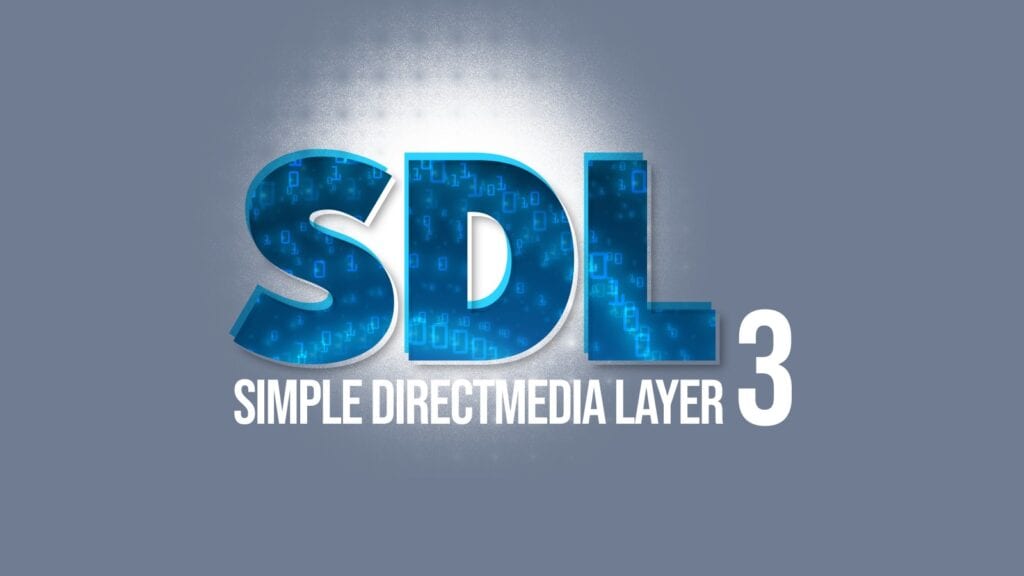SDL (Simple DirectMedia Layer), an open-source, cross-platform library that helps software developers build multimedia applications and games more easily on multiple platforms, officially released version 3.2, marking it as the first stable release in the SDL’s 3.x series.
One of the most notable changes is the enhanced documentation, which has been rewritten to include clearer descriptions and use cases. Furthermore, example programs—immediately runnable in your web browser—have been polished to demonstrate exactly how SDL components work in real-world scenarios.
Another noteworthy feature is the consistent naming conventions, eliminating the patchwork approach that sometimes appeared in older versions. This thoughtful reorganization reduces headaches for those delving into SDL’s extensive APIs.
In addition, the possibility of using main callbacks—allowing programs to run directly from callbacks rather than from a conventional main() function—introduces new flexibility to application design.
Beyond these broader structural improvements, modern GPU rendering support takes center stage. The 3.2 release refines the GPU API, providing a streamlined route to advanced graphics without forcing developers to juggle multiple platform-specific tools.
The dialog and filesystem interfaces have also been fine-tuned to offer convenient functions for opening file selection windows and managing directories, thereby freeing up more time for core development work.
Audio handling has also been overhauled. More comprehensive management of logical audio devices allows different application components to handle sound independently. In addition, audio streams simplify tasks like buffering, resampling, pitch shifting, and gain control.
In addition, SDL 3 will automatically migrate audio sessions when the hardware is changed or disconnected and includes robust fallback behaviors to keep everything running smoothly under various conditions.
Lastly, improvements in handling high-DPI displays are equally important, ensuring sharper visuals and a better overall look across devices. There is also fresh support for digital pens, which opens the door for apps integrating drawing tablets or styluses with minimal extra coding.
To see all changes in detail, visit the release’s changelog or look at SDL’s Wiki.
